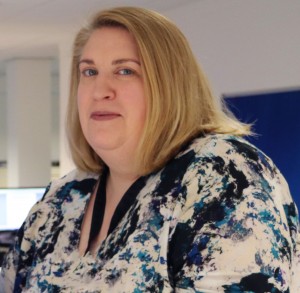Entrepreneurs of the world, pay attention. This is aimed at you! There’s a good chance that if you are building and running your own business, you may not yet have got round to planning your retirement, let alone know what the pension options for you and any staff you employ are.
If terms such as defined contribution, defined benefit, stakeholder pension, workplace pension or personal pensions confuse you, we hope this will help shed some light to the choices available to you. 
The first point to note is that if you run your own business and you employ any staff, there is a very good chance you will need to provide a workplace pension scheme for employees.
A workplace pension is arranged by the employer and contributions into it will be made by both the employer and the employee, so it is a good way of planning to save for your retirement.
Most new workplace pensions nowadays are set up as defined contributions schemes. This means that the contributions paid in are known (defined), unlike defined benefits, where the benefits are known in terms of years of service and salary.
In both types of pension, the value of the pension or scheme is driven by the combination of contributions, the fund performance and deduction of charges to your personal pension ‘pot’.
Previously, many schemes, especially in the public services sector, were set up as defined benefits arrangements. This paid a pension at retirement age based on your salary and how long you had worked for your employer.
With these defined benefits schemes, longer life expectancy and the mounting cost to employers of funding the guaranteed benefits made these arrangements relatively harder and more expensive to fund, so they have largely stopped being offered by most employers in the private sector.
We are going to focus on personal pensions, i.e. pensions you would set up yourself, not through your business but in a private capacity. There are three main types of personal pensions, the differences relate to scheme flexibility, personal control over the investments and cost.
Stakeholder pensions are a form of defined contribution personal pension, so as the pension owner, you decide, within limits set by the government, how much you would like to pay in.
They have low and flexible minimum contributions, capped charges and default investment strategy options.
This means that if you do not want to have responsibility for choosing the investments in your pension pot, your funds will automatically be invested in a solution suited to your intended retirement age and plans.
This can be useful for people who have no experience in or no time to spend on the often complex world of fund investments.
Non-stakeholder personal pensions have no mandatory minimum contribution, instead, this is set by the insurer offering the plan. Your pension fund is insured against insolvency in the same way a stakeholder pension is, but there may well be a wider range of charges applicable, as overall fees are not capped in the same way that they are for stakeholder pensions.
A self-invested personal pension (SIPP) is a pension ‘wrapper’ that holds investments until you retire and start to access the pension benefits. It is a type of personal pension, but the big difference is that you have full control over the investments in your pension fund.
This can be helpful, if you are expert in a particular field. If you feel confident enough to manage your own investment strategy, a SIPP could be right for you.
SIPPs are designed for people who want to manage their own fund by dealing with and switching, their investments when they want to. This flexibility comes with a price, as SIPPs can have higher charges than other personal pensions or stakeholder pensions.
Don’t forget, you can always engage with a financial adviser to ensure a suitable arrangement is put in place for you.
Once you stop working and retire, you can access money in your stakeholder, personal pension or SIPP pension. In fact, you don’t have to retire to take money out of your pension, as with any personal pension, whether a stakeholder, personal pension or SIPP, you can do this from the age of 55 (57 from 2027).
Drawing your pension, or drawdown, is the next area we will look at in the next article with the help of National Friendly Financial Solutions’ pension advisers. Don’t forget, you can also speak to the government’s independent body The Pensions Advisory Service on 0800 011 3797 for information too.
Any question? Please email us at: info@bristol-business.net






























